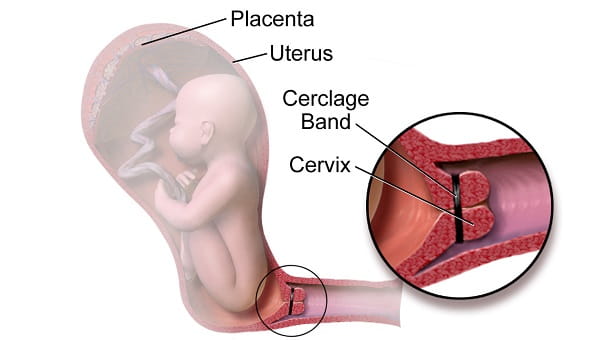Cervical cerclage is a medical procedure that is essential for pregnant women having weak cervix. This procedure is done to help reduce the risk of premature delivery in the pregnancy due to the weaker cervix which may result in the shortening or opening up of the complete pregnancy term. This helps to allow the fetus to remain inside the uterus for the entire pregnancy cycle.
The cervix inside the pregnant woman may become weak due to various reasons like previous miscarriage, damage to the cervix region, cone biopsy, cervical conization, or more. The use of cervical cerclage allows the pressure in the cervix region to be reduced and helps complete the complete pregnancy cycle.
How Cervical Cerclage Works (The Complete Procedure)
The entire process of cervical cerclage starts with a diagnosis conducted by the gynecologist who assesses the cervical dilation during the second trimester of the pregnancy with the use of ultrasound and other procedures. The diagnosis allows for the viewing of the fetus and its weight and also the impact on the cervix region. If any signs of labor or premature birth are seen then the procedure of cervical cerclage is conducted.
The procedure involves two different types depending on the type, a speculum is inserted via the vagina to access the cervix region in the body. Once the inside of the cervix is diagnosed, stitches may be added to the cervix and additional sutures may be used to close it. Such stitches are opened later during the time of birth or emergency.
The patient may feel a bit of spotting or pain and even bleeding in some cases after the procedure but will subdue soon.

The cost of cervical cerclage depends on various factors like:
There are two types of cervical cerclage:
Note:
Cervical cerclage is an important medical procedure for pregnant women in cases where the cervix alone cannot withstand the pressure of the fetus growth and may open up and lose the pregnancy. This procedure helps in preventing the impacts like miscarriage and other issues and helps complete the pregnancy cycle for the patient.